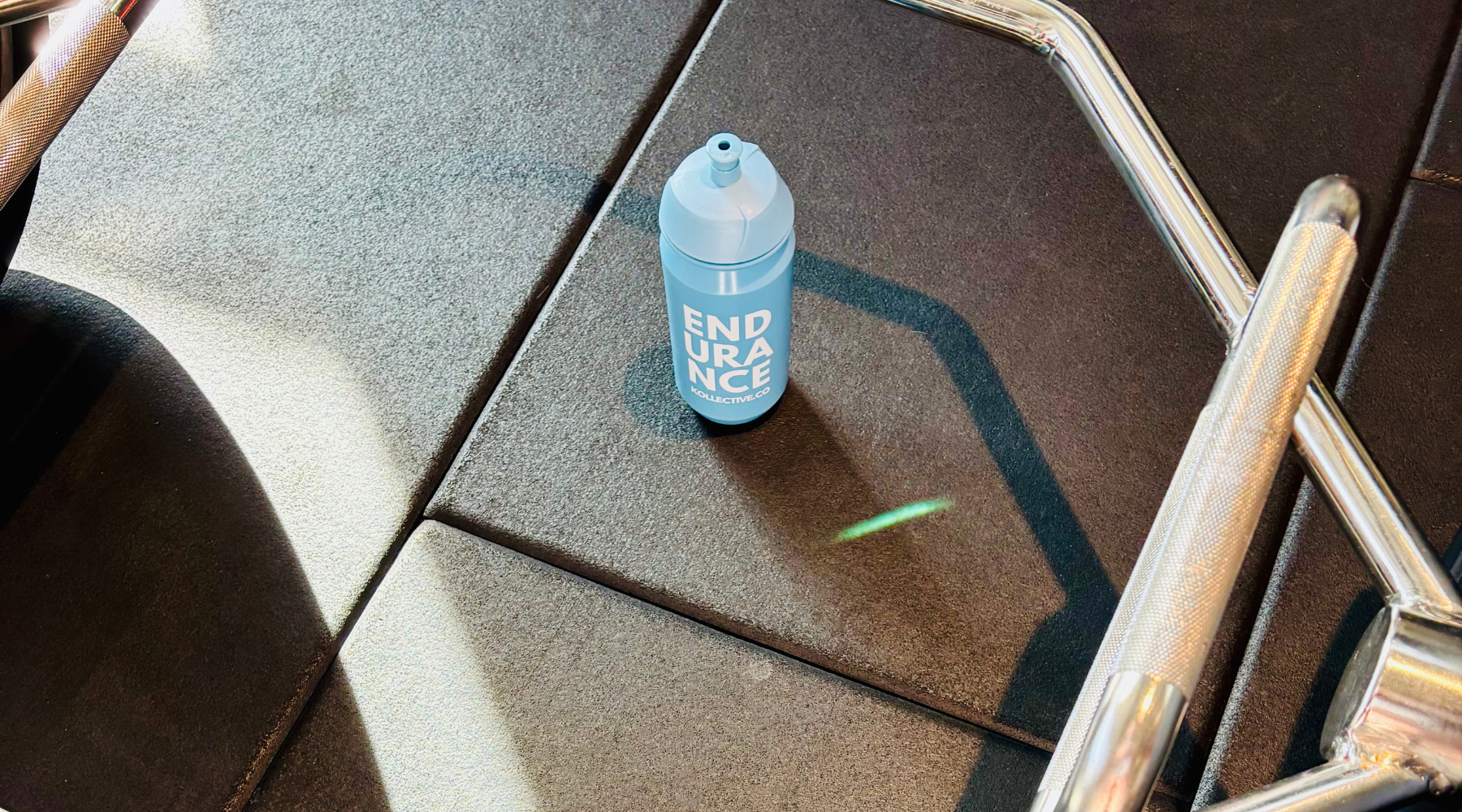
Why Endurance Athletes Should Choose the Hex Bar Deadlift Over the Standard Deadlift
When it comes to performance strength training for runners, cyclists, and triathletes, few exercises are as effective — and misunderstood — as the deadlift. While the conventional straight bar deadlift has its place, the hex bar deadlift (also known as the trap bar deadlift) is a smarter, safer strength training essential for endurance athletes focused on power, injury prevention, and consistency.
If you’re aiming to improve your running stride, cycling power, or overall resilience, here’s why the hex bar deadlift belongs in your training toolkit.
1. Safer on the Lower Back
The hex bar design places the load in line with your body, not out in front like a traditional barbell. This significantly reduces spinal shear stress and helps protect your lower back — critical for injury prevention in high-volume training blocks.
📌 Perfect for runners and cyclists who want strength without risking back strain.
2. Greater Quad Activation for Balanced Strength
Unlike the hip-dominant straight bar deadlift, the hex bar version shifts some of the load toward the quads, offering a squat-like benefit. This leads to stronger running form, better acceleration, and more powerful pedal strokes on the bike.
3. Easier to Learn — Less Risk of Injury
The neutral grip and upright body position make the trap bar deadlift much easier to perform with good form. Whether you’re a beginner or an experienced endurance athlete, you’ll experience faster strength progress with less risk of technical breakdown.
4. Boosts Power Output for Sprints & Climbs
Research shows athletes often produce higher power output using a hex bar. That makes it a go-to exercise for building explosive strength — essential for sprinting, hill surges, and finishing strong in races.
5. Reduces Fatigue and Supports Consistency
Thanks to the more upright stance, hex bar deadlifts place less stress on your spine and nervous system. This means less fatigue, better recovery, and more consistent training — even in the middle of a tough race block or base-building phase.
Bottom Line: Strength That Supports Endurance
For endurance athletes, the goal of strength training isn’t just lifting heavy — it’s about building a body that’s resilient, powerful, and efficient across long distances. The hex bar deadlift delivers strength, performance, and protection, all in one movement.
If you want to run stronger, climb faster, and reduce injury risk — the Hex bar deadlift is your ultimate running and cycling training essential.
Pro Tip: Do not forget to fuel your recovery with some protein after training.
